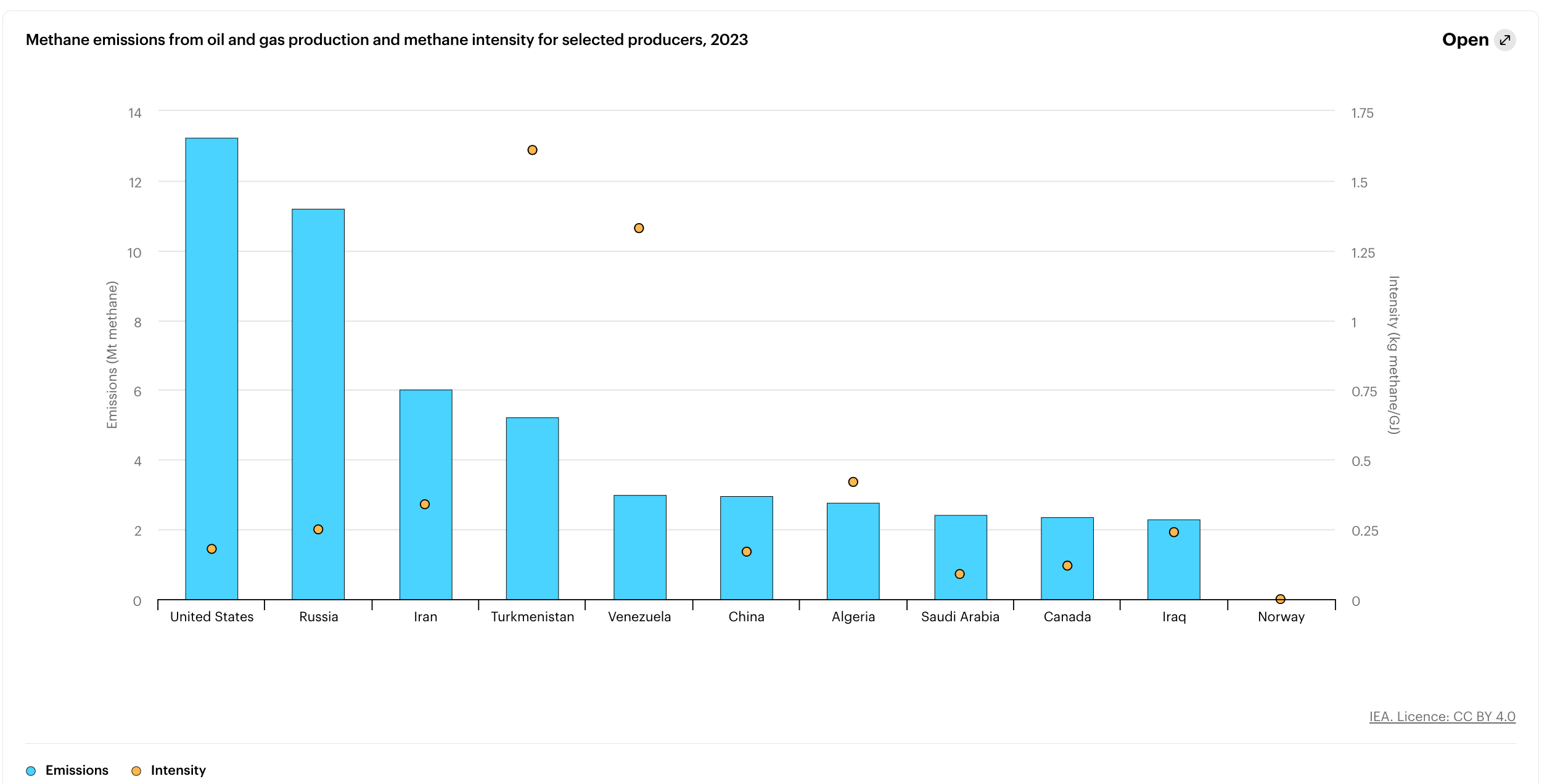Sign up for daily news updates from CleanTechnica on email. Or follow us on Google News!
Hydrogen is the gas that’s the second best escape artist in the universe. Helium has it by an edge because while helium is four times the mass of hydrogen per unit, it comes in atoms, not molecules. Hydrogen only comes with another hydrogen atom in the hydrogen molecule, which ends up wider as a result, even if still only half the mass. As result, they treat ordinarily air tight containers and seals as if they are mesh bags.
Anyone who has bought helium balloons only to find that a few hours or a couple of days later they are deflated shells of their former glory has experienced this. Fill the same balloons with your lungs and they’d stay inflated for about 20 times as long.
You could make lighter than air balloons that stayed inflated longer by using hydrogen, but it’s really not recommended, as balloons tend to go with candles and hydrogen really loves flames. Unless you’d like to burn down the venue, best stick to helium. Of course, best to avoid balloons entirely, and certainly don’t let them float up into the sky.
This escape artistry matters with the perplexing idea that we’ll have it in our homes, businesses, buses, trucks and airports. Indoors it can rapidly turn into an explosion hazard. It explodes in a range of 4% to 75% mixtures with air, and at the higher end, that’s a lot of energy to go boom with.
About 4,000 buildings go boom today in the USA due to natural gas leaks, after 140 years of iteratively making its use safer. We live with the risks without thinking about them, although I can tell you as someone who was a couple of kilometers from a natural gas pipeline exploding in my hometown, when it goes off, most people notice.
I discussed this recently with Rob Jackson, director of the Global Carbon Project, an organization which tracks total emissions of every greenhouse gas and creates annual budgets prior to the COP events. Rob has spent a long time looking at methane. He spent a couple of years driving a sensor-studded car around major US cities finding enormous numbers of leaks from the natural gas distribution system. He spent a lot of time in people’s homes measuring how much methane was leaking from their appliances, and how much indoor air pollution was being caused when they were used as intended. It was a lot in both cases, and his work led him to very quickly remove natural gas appliances from his own home.
As an interesting side note on that, he typically found lots more natural gas leaking where there were a lot of old buildings, including gentrified and very affluent neighborhoods. This is one problem that doesn’t have the social justice problem that’s so common, where it’s only poor people who get the crappy end of the stick. Affluent people are often much more at risk and can really do their bit for climate action by replacing their gas furnaces and stoves with heat pumps and induction stove tops, driving up the expertise and market and hence driving down the cost for less affluent people.
Safety studies out of Europe, where many people are taking the odd idea of replacing natural gas with hydrogen in furnaces and stoves seriously, make it clear that the risks are about four times greater, so perhaps 16,000 buildings in the USA would go boom a year. Perhaps not the right direction, especially when heat pumps and electric stoves work just fine and have approaching zero risks.
But there’s the other problem with hydrogen. It’s a greenhouse gas.
It’s not a direct greenhouse gas, like carbon dioxide, the methane that makes up most of natural gas or the refrigerants in our fridges and freezers. It doesn’t absorb and re-emit infrared radiation, putting it in the class of gases like the nitrogen and oxygen that make up most of our atmosphere. Greenhouse gases have asymmetrical and more complex structures, so they can bend and stretch in ways that symmetrical, simpler gases like hydrogen and oxygen can’t, absorbing the energy in the infrared.
That absorption and re-emission wouldn’t matter if the gas molecules just emitted the infrared straight up, but they emit it in random directions. Sunlight hits the ground and oceans which warm up and emit infrared which mostly goes straight up because the ground and ocean mostly point at the sky. But when molecules interfere with the infrared, they re-emit it back and the ground and ocean half the time.
But there’s the second half of the greenhouse gas equation, the indirect side. That’s based on either what the gas turns into and whether it’s a greenhouse gas, or on whether the gas interferes with a greenhouse gas getting turned into something at least more innocuous.
For example, methane mostly degrades into carbon dioxide in the atmosphere. That means that its really high global warming potential, 30 to 90 times that of carbon dioxide, goes away, and is replaced by the much lower global warming potential of carbon dioxide. That’s somewhat helpful, but as carbon dioxide is a big problem as a greenhouse gas and the one the rest are measured against, it’s not wonderful. The good thing about methane from natural gas, as Rob Jackson points out, is that it degrades fairly quickly, in 20 to 30 years, so if we stopped pumping more of it into the atmosphere, all of that high warming impact would turn into low warming impact in a generation.
So what does hydrogen do? When released, hydrogen extends the lifespan of methane by reducing hydroxyl radicals that would otherwise break down methane. Yeah, it makes methane stick around longer with its much higher global warming potential.
So what, you might ask. If we replace methane with natural gas, no more excess methane to extend the life of, right? Well, no. While the oil, gas and coal industries leak a great deal of methane, especially from US shale oil production in the Permian Basin, leading to the USA’s oil and gas industry having the highest emissions of any country in the world, the emissions from our agriculture and waste streams are higher. And methane is created by purely natural processes as well, we’re just adding a lot more. There will still be a lot of methane in the air for hydrogen to convince to stick around longer.
That indirect global warming potential of hydrogen means it’s 37 times worse than carbon dioxide over 20 years, around the normal lifespan of methane in the air, and 13 times worse over 100 years. That’s a serious kicker of heating when we leak it.
Back to the beginning, hydrogen loves to leak. There frankly hasn’t been a lot of literature on hydrogen leakage rates because it was a safety concern in serious industrial facilities where they knew exactly how dangerous the stuff is, and so over engineered containment and added lots of sensors and alarms to detect it. We use 100 to 120 million tons of the stuff annually without blowing much stuff up because it’s virtually entirely used by experts in places with a strong safety culture. That doesn’t sound like my kitchen.
As a result, we didn’t really know how much hydrogen leaks and where, and it was only in the early 2000s that scientists figured out what that it had an indirect warming effect. It’s only in recent years that’s been fairly carefully figured out by research like the 2022 study I linked to above.
But now results are coming out of industrial facilities where they are manufacturing hydrogen. The paper First detection of industrial hydrogen emissions using high precision mobile measurements in ambient air was publish in Nature’s sub-journal Scientific Reports, the fifth most cited journal in the world. Note that “first” in the title. As I was saying, we just haven’t been measuring it because as long as we could detect potentially dangerous amounts of the stuff and sound alarms, we didn’t care.
They did their study at a chemical park in Groningen in the Netherlands.
“From a car and an unmanned aerial vehicle, we detected and quantified for the first time small but persistent industrial emissions from leakage and purging across the hydrogen value chain, which include electrolysers, a hydrogen fuelling station, and chemical production plants.”
They did seven different sampling efforts on seven different days to avoid particularly bad or good days skewing the results. And note the “persistent” part. These weren’t one offs, in many cases, hydrogen was just doing one of the things it does, which is its Great Houdini act.
How much did was that “small” part? They saw leaks up to 4.2% of the total volume of hydrogen in the measured facility. The typical ranges was 1% to 2%, however. What does that mean in terms of carbon dioxide or equivalents, CO2e?
The two green hydrogen projects at the site are expected to manufacture 60,000 tons of hydrogen annually. 4.2% leakage would be 2,400 tons of leakage. At a GWP20 of 37, that’s equivalent to almost 90,000 tons of CO2. At a GWP100 of 13, that’s equivalent to about 30,000 tons of CO2.
The country’s fantasies are getting to 800,000 tons of imported and locally manufactured hydrogen, so at GWP20 that’s about 1.25 million tons of CO2e and at GWP100 that’s around 0.4 million tons of CO2e. At 1%, that’s about 0.3 million tons annually and at 2%, that’s about 0.6 million tons annually.
This is at one facility that’s trying to handle import, manufacturing and distribution of hydrogen for the illusory European hydrogen economy, the one that keeps being deferred because every time anyone serious runs the math, no one wants to pay for the stuff as an energy carrier.
The 1% to 2% was at one facility at one point in the value chain. Every step will have leakages, often significant by themselves. That’s the nature of hydrogen. Machining components to the ridiculous tolerances required to contain hydrogen and maintaining the seals and operational quality of the machinery is very expensive. Expecting it to be paid for and managed extremely well across a global value chain that includes hung over college students pulling gas station shifts while studying for finals is a fantasy.
A US DOE OSTI report detailed how careful efforts to measure all hydrogen leaks at a hydrogen refueling station where hydrogen was delivered by truck got them down to 2 to 10%, whereas before it was between 30 and 35%. That’s up to a third of all hydrogen that passes through it leaking. Even after they did a lot of extra work, they were still leaking up to a tenth of all of the hydrogen. That’s a single point in the value chain for hydrogen as an energy carrier leaking that much, and there are seven or eight steps in the value chain.
As a note, in a recent article on the unfortunate situation in Canada where a Canadian urban transit think tank, CUTRIC, is recommending hydrogen buses in mixed fleets to multiple transit agencies based in assumptions that aren’t aligned with global empirical reality and very bad scenario modeling, I calculated that at the 4.2% peak rate from the Netherlands study, the bus fleets would be emitting 8.7 tons more CO2e per bus per year to add to hydrogen’s already high manufacturing rate. However, the data from OSTI and Groningen makes it clear that in the best case in well built and managed hydrogen supply chain, they are likely to be emitting 20 to 30 million tons of CO2e per year.
This means Mississauga’s, Brampton’s and Winnipeg’s hydrogen buses, powered with natural gas derived hydrogen, are unlikely to achieve any climate change benefits. After all, a diesel bus emits about 60 tons of CO2e per year, and a gray hydrogen powered bus will likely emit 50 to 60 tons as well along the full value chain. A green hydrogen bus at Ontario’s grid electricity will emit 35 to 55 tons of CO2e. In Manitoba, a green hydrogen powered bus would emit 35 to 45 tons of CO2e per year.
Globally, demand for hydrogen is one of those massively inflated balloons that’s only started to leak. Personally, I place global demand around 80 million tons a year in my projection, but projections north of 500 million tons a year are a dime a dozen.
My projection sticks with industrial uses like the Groningen facility where leakages will be kept to a minimum, at least on the European side of the Atlantic, short supply chains where hydrogen is manufactured and used as an industrial feedstock in the same facility for the most part. North American standards for leakage management of greenhouse gases are much, much less onerous, in fact close to non-existent. That’s why the USA’s oil and gas industry leaks more methane than any other country in the world, while Norway’s industry barely leaks at all.

For comparison, methane leakage from natural gas infrastructure in Europe, including storage and distribution facilities, is estimated to range between 0.2% to 0.6% of the total gas handled. The same European care was taken in the Groningen facility by engineers which built equipment specifically to deal with it and knew its dangers, and it leaks up to 20 times as much.
Projections of 500+ million tons expect it to be put in the same leaky distribution pipes and appliances Rob Jackson found were leaking methane constantly. They are expecting trucks to roll up to gas stations on highways and fuel up with hydrogen. They are expecting it to be pumped into airplanes on the tarmac of airports around the world. Under those conditions across the value chain, much higher rates of leakages will occur, likely in the 10% to 15% range.
500 million tons of hydrogen leaking 10%, turns into two billion tons of CO2e, which is to say, a bigger problem than all hydrogen manufacturing from fossil fuels today. This is a climate solution? If only there were alternatives, like electrons.

Chip in a few dollars a month to help support independent cleantech coverage that helps to accelerate the cleantech revolution!
Have a tip for CleanTechnica? Want to advertise? Want to suggest a guest for our CleanTech Talk podcast? Contact us here.
CleanTechnica uses affiliate links. See our policy here.
CleanTechnica’s Comment Policy




